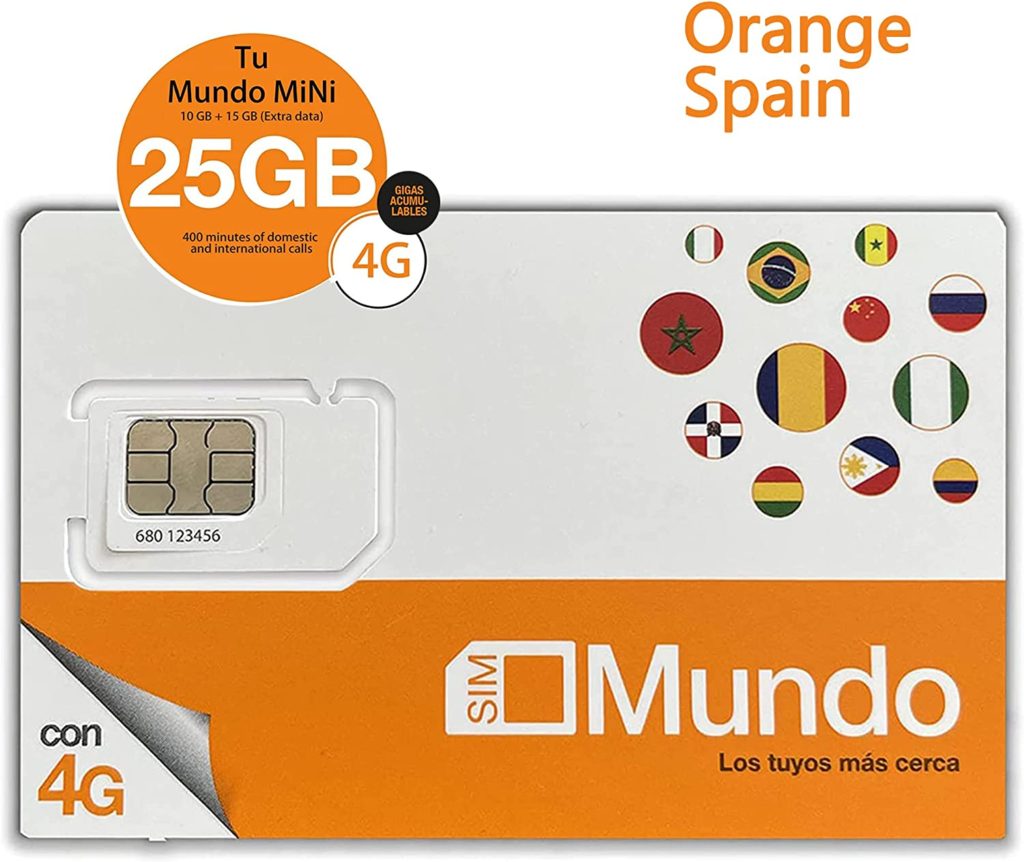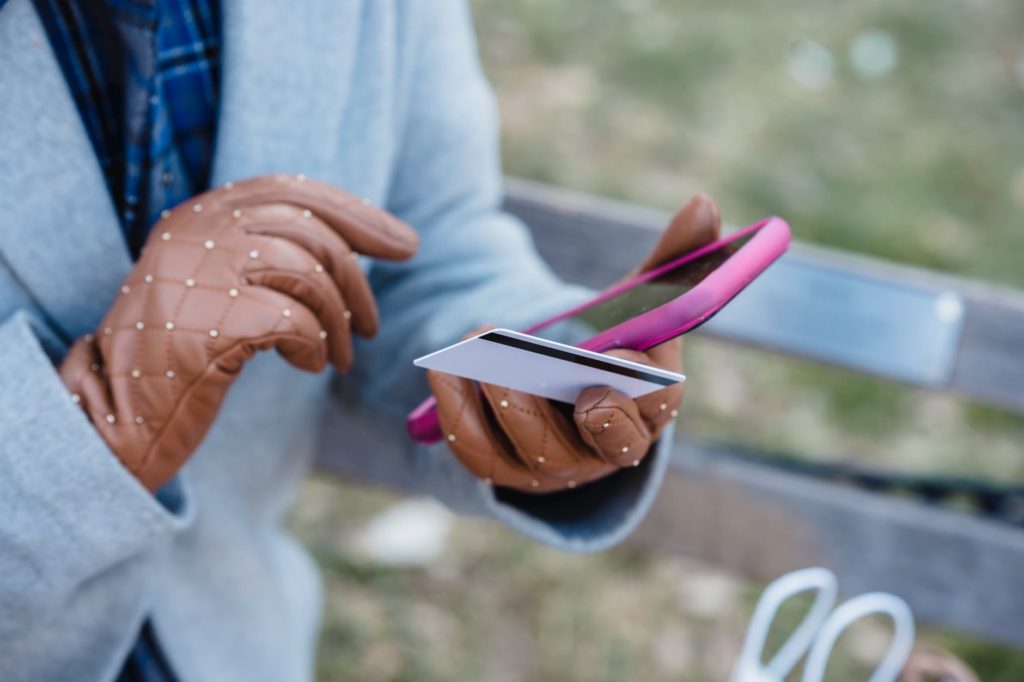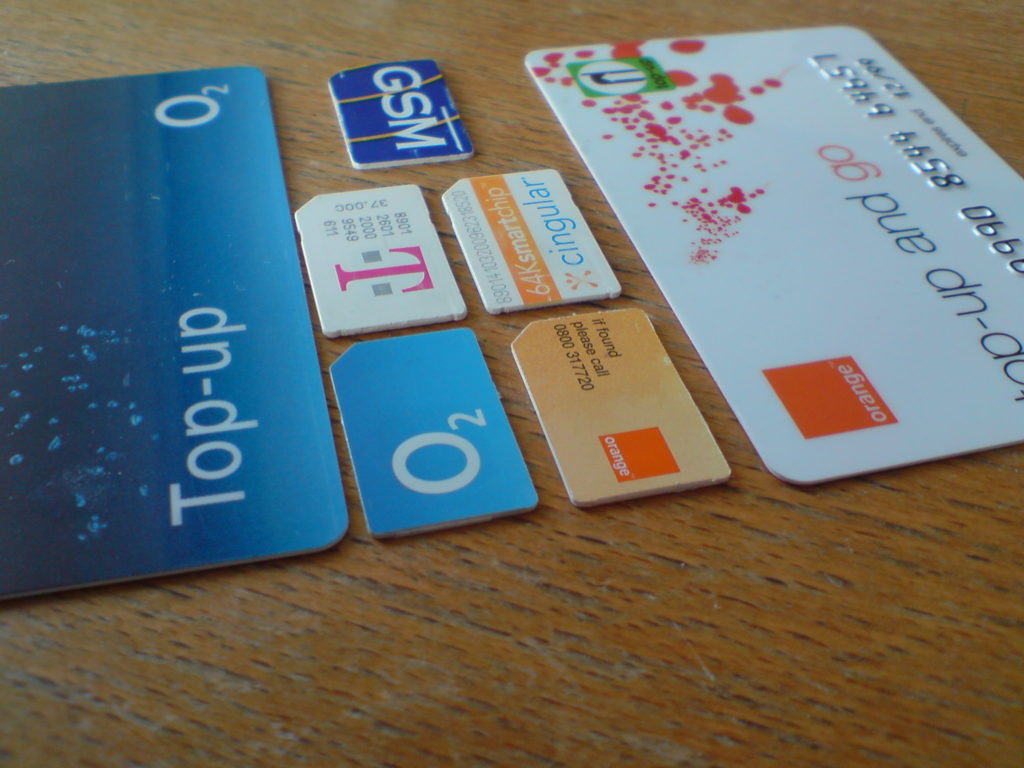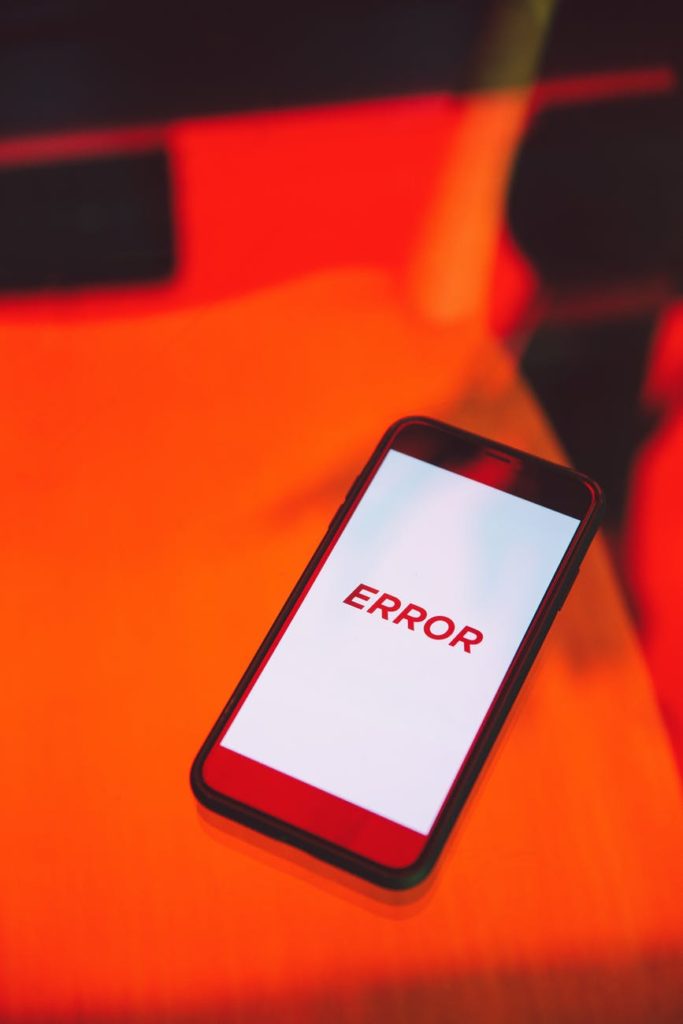
Can I use my phone in Europe? If you’re asking this question before you travel you’re doing things the right way because there are a couple variables that are part of the equation. We’ve covered this topic quite a bit on the site, but we haven’t necessarily provided a full guide … until now! The quickest answer to the question “Can I use my phone in Europe”, is yes. And yet, there will certainly be people that will arrive in a European country only to find that their phone doesn’t work at all. That’s because they didn’t take into account some of the variables that we were just referencing.
The first thing that is going to determine whether you can use your phone in Europe or not is your local plan. There are local plans that will allow you to use your phone in Europe through a roaming payment scheme. That’s not exactly the payment scheme that you want to be on, but technically you can use your phone. There are other options like a travel day pass, or even using a local SIM card. These are all things that we’ll get into soon enough. Other things that you have to account for are issues like how you’re going to charge your phone in Europe. Your regular charger can’t be plugged into the wall just like that. With all of this in mind let’s head out on this journey to figure out the answer to, “Can I use my phone in Europe”.
Know How You’re Going To Charge Your Phone When Abroad

It may be an awkward starting point for sure, but at one point during your trip the phone is going to run out of battery. When that happens you’re going to have to have a plan to make sure that you charge it accordingly. If you have a charger that can directly convert the voltage then all that you’re going to need is an adapter to plug into the wall. If you have the original charger for your phone you should be pretty much fine across the board. Most of the chargers that are built by the two phone manufacturers are pretty decent, and you’re not going to have too much trouble with them.
Cheap adapters could be the end of your devices. That’s really something that you want to think about. Do you really want a 2 dollar adapter to be what’s standing between high voltage, and your phone or your laptop, iPad whatever it may be? You know the investment that you put into that device. With that in mind, it may be a good idea to invest in a better adapter or even a voltage converter. There are many stories of travelers that totally regret putting a two dollar adapter between the higher voltages and their devices. At the same time there are people who have had experiences. It’s really a toss up, we just want to throw the two options out there.
Can I Use My Phone in Europe – Issues With Your Local Plan

Local plans, at least American plans have made it “easier” for their users to get coverage on their regular plans when they travel to Europe. Does this mean that when you question yourself, can I use my phone in Europe, your answer is yes, and on my regular plan? At this point in time coverage does vary significantly in Europe depending on your carrier. Still, it’s hard to promote this idea of just using your regular plan when you’re abroad. T-Mobile supposedly gives you unlimited data when you travel also. That data reaches up to 2G speeds. This is just a technique so that users don’t have another coverage plan, and they end up paying the day pass to get faster coverage which usually tops out at 3G speeds anyway!
The other issue that you can have is that your phone is going to be completely blocked when you go abroad. A good idea may be to go ahead and restart the device. Give it a chance to literally find its place in the world. The problem with doing that though is that if you don’t have a coverage plan in place you may start getting charged through a roaming pay scale. Roaming fees are as bad as they have ever been, if not worse. Actually if your phone fails when you get off the plane your best bet may very well be to turn it off until you’ve arrived at some place where you can connect to a WI-FI network and find better coverage.
Have A Coverage Plan In Place

The last section was pretty much leading up to this point. Really if you want to choose the cheapest coverage option that you can find you can do what we just suggested. Turn off the phone or at least your data, and just find coverage through local WI-FI networks. If you do this just right you shouldn’t have to pay a dime extra from your regular plan even if you spend weeks abroad. What you have to keep in mind though is that you would have to switch all of your communications and make them through apps. You’d be giving up calls and texts, as well as coverage outside of the area where the WI-FI signal reaches. We’re not saying this is the best option, this is just the cheapest.
Another option that should be on the table is that of getting a local SIM card. You can do this once you’ve arrived at your destination. There are usually plenty of convenience stores that sell these local SIM cards. We always say though if you want to be extra careful you can order one online ahead of your trip and just insert it in your cell phone when you get there. There are also sites that offer eSIMs to use your phone locally. Buying online may be a bit more expensive than doing so at a store, but you’ll have the coverage active once you land in the country, plus you know what you’re buying. That may not be the case at a store in a country where a language that is foreign to you is spoken.
Can I Use My Phone In Europe – The Cheapest Option

We’ve essentially covered this, but the cheapest option that you’re going to have is to turn your data off when you’re outside. Then just hook up to a Wi-Fi network when you’re inside. What you need to do is make sure that you’re communicating exclusively through apps. You won’t be able to make regular calls or send sms texts. These can set you back quite a bit when those roaming fees start to pile up. That’s exactly what we are trying to avoid for you. The biggest drawback to this coverage option is pretty obvious. You’re essentially not going to be able to use your phone to communicate with the outside world unless you’re connected to a Wi-Fi network. The upside is that you may not have to pay a dime for the coverage in Europe.
A more realistic option is going with the local SIM card that we’ve also talked about. In this case you can choose to get a new SIM card or eSIM for every country that you visit. This may not necessarily be cheap or easy to do if you visit too many countries on your trip. However, it is the best way to get fast speed data while on your trip. You could also choose a regional SIM card. Essentially it’s one SIM card for your entire trip. You won’t have to worry about changing it for the entirety of your stay in Europe. Coverage speed though may be a little slower in certain countries.
What Will Give You The Best Coverage

We promise this is the last time that we’re going to be repeating ourselves here. The thing with local SIM cards is that they provide the best, and the fastest coverage that you can get as a foreigner in another country. Why do people look for other alternatives to answer the question, “Can I use my phone in Europe”? In other times when you have to use a regular SIM card, and phones only had one SIM slot that meant that your regular phone and texts were going to be effectively inactive for the time that you had the other SIM card in the phone. Whenever dual SIM phones came around that completely changed. Now with eSIMs it’s the same thing you have options to keep both numbers active.
If you really need to call or send a text using your regular phone then you can do so. You’ll be charged roaming fees or whatever the case may be. What you can do though, is have a contact call you on your new phone. If you take all of your communications through apps you can get a data only SIM card, and keep your regular apps active. This is going to allow you to essentially contact people from your side of the world without any trouble. You wouldn’t even need to make that first call or send that text with your new number. In saying all of this we feel that people who don’t use this route just haven’t read enough of our articles. That’s the best reason that we can think of as to why they are not doing it.
Troubleshooting Issues That You May Face When Abroad

We’ve had people tell us that they went on their trip with the idea of implementing a lot of the strategies that we talk about on the site to be able to get coverage abroad. Only to arrive and realize that their phone is fully dead, and they really can’t do anything with it. This usually happens with phones that are tied to a local plan that doesn’t offer international coverage. We’ve seen things in all sorts of phones though, so we don’t just want to blame it on that. The first thing that you’re going to want to do is reset the phone. If you turn it off and then back on you’ll be fine.
If you have to reset it Google has to do it with your particular model. Make sure that you’re not doing a factory reset though because that could delete all of the data that you have on the device. To try and avoid this problem what you can do is insert the Europe SIM card at some point during your trip. This is going to ensure that when you land the device will be able to detect a network quickly. It’s more likely that a local SIM card will detect its own network without any issues. Some phones go into a frenzy when they have to activate roaming capabilities. Speaking of these, make sure you have roaming on as a possibility in your settings if you’re going to stick to your regular plan.
Can I Use My Phone In Europe Conclusion
The answer to “Can I Use my phone in Europe” is more or less always going to be a yes. As you can probably see by now, ideally you’ll have a plan in place for how you’re going to get that done. Sticking to your regular plan when you’re abroad can lead to roaming fees or falling in the need to pay the day pass which is like 10 dollars a day. Those fees can stack up very quickly. That’s why we typically recommend that you go with a regional or a local SIM card.
There’s also a route that you can take to essentially minimize your expenses. Go out and find all of the wifi spots in the city that you’re traveling to. This is going to allow you to have literally free coverage. Since you can now call and text through apps there’s not a lot that you’ll be missing out on through this option. Of course, the fact that you won’t have coverage if you’re stuck in the middle of the road is one of the issues that you’d have to contend with!